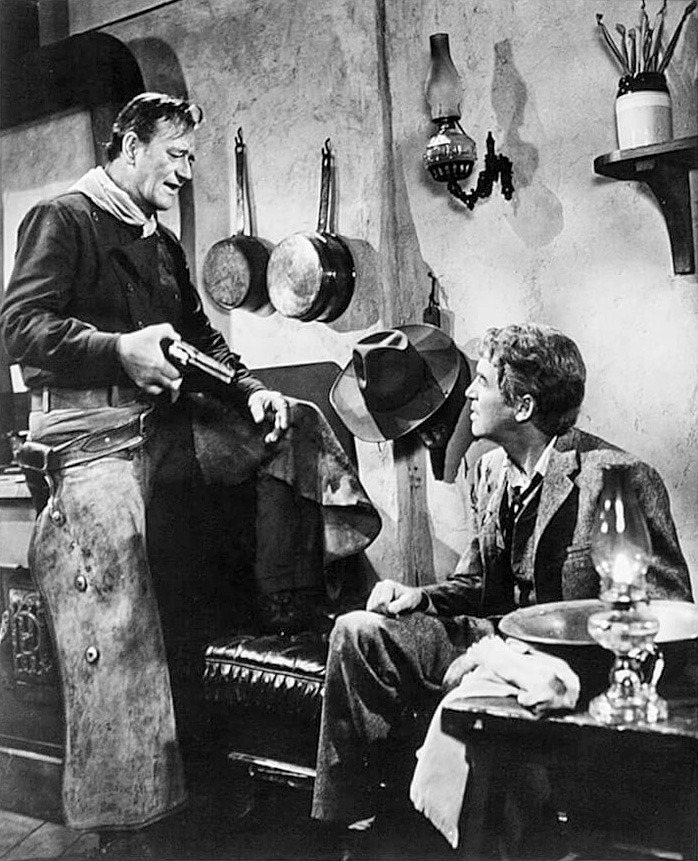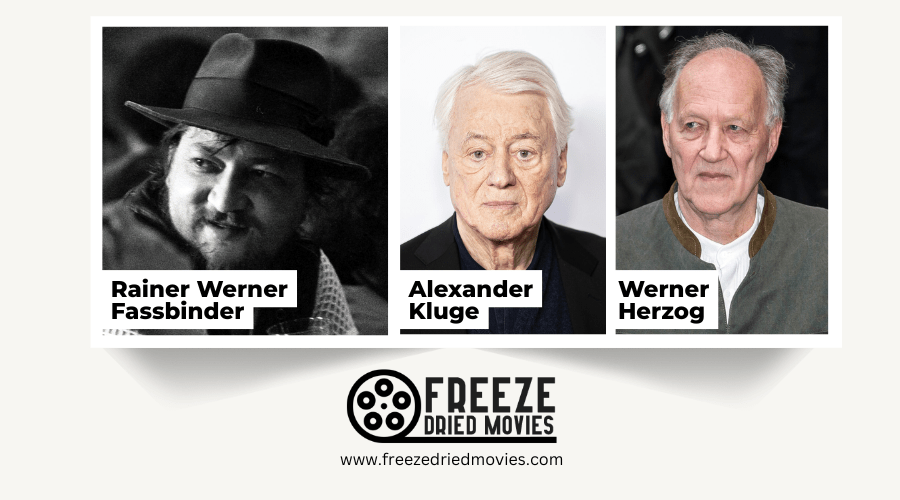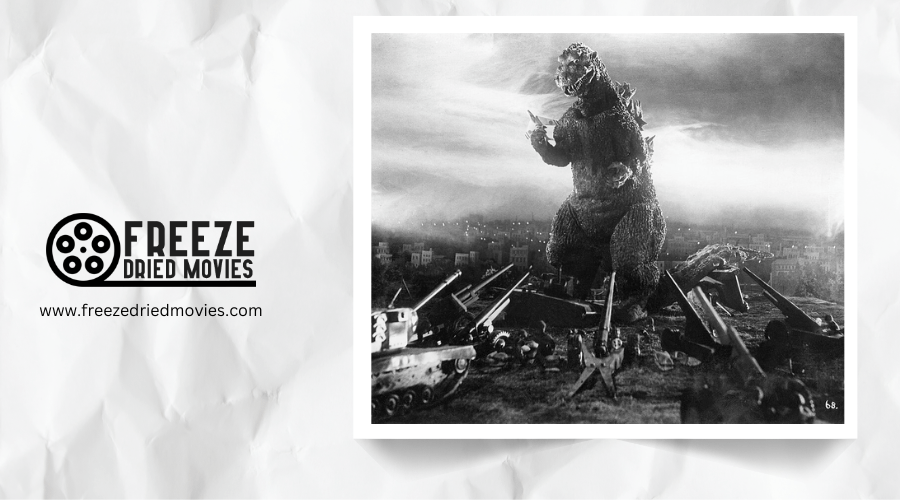James Stewart: Hollywood’S Gentle Cowboy With a Real-Life Heroic Past

James Stewart transformed from Princeton graduate to Hollywood icon while serving heroically in WWII, flying dangerous bombing missions over Germany. His combat experience visibly changed him, adding depth to his post-war roles, especially in collaborations with director Anthony Mann. You'll notice Stewart's unique ability to portray morally complex cowboys with psychological depth in classics like "Winchester '73" and "The Man Who Shot Liberty Valance." His remarkable journey reveals the true hero behind the gentle cowboy persona.
Key Takeaways
- Stewart's WWII service included commanding the 703rd Squadron and flying dangerous bombing missions over Germany.
- His war experiences physically and emotionally transformed him, influencing his post-war film performances.
- Stewart revolutionized Western heroes through collaborations with Anthony Mann, portraying morally complex protagonists.
- His cowboy characters transcended typical gunplay, emphasizing themes of justice, integrity, and psychological depth.
- "The Man Who Shot Liberty Valance" exemplifies Stewart's exploration of the complex relationship between truth, legend, and morality.
From Princeton to Hollywood: Stewart's Early Path to Stardom
Three significant shifts shaped James Stewart's early life: from his small-town Pennsylvania upbringing to Princeton's elite halls, from academic pursuits to theater experimentation, and finally from stage to silver screen.
Born in Indiana, Pennsylvania in 1908 to Scottish parents, Stewart followed family tradition by attending Princeton University. After graduation, he didn't immediately pursue acting, but eventually joined various theater companies that honed his distinctive performing style. Unlike James Dean who studied at Lee Strasberg's studio, Stewart developed his acting style through practical theater experience.
The Untold Sacrifices: Stewart's Distinguished WWII Combat Service
While Stewart's star was rapidly ascending in Hollywood, the world was descending into chaos. Jimmy Stewart answered the call in 1941, joining the Air Corps despite his celebrity status. Unlike many stars who served in entertainment units, Stewart insisted on combat duty, eventually commanding the 703rd Squadron flying perilous bombing missions over Germany.
The war transformed him physically—returning with graying hair and hearing loss—and emotionally. The psychological weight of lost comrades haunted him throughout his postwar life.
World War II remained a chapter Stewart rarely discussed, yet these experiences profoundly shaped his subsequent performances, adding layers of depth to his trademark gentle persona on screen. Like Humphrey Bogart, Stewart's dedicated military service demonstrated that Hollywood stars could exemplify true patriotism beyond their screen personas.
Post-War Transformation: How Combat Reshaped Stewart's Acting
When James Stewart returned to Hollywood in 1945, audiences saw a different man than the one who'd left four years earlier. Graying hair, hearing loss, and psychological scars from WWII had fundamentally changed him. This transformation became evident in "It's a Wonderful Life," where Stewart channeled his struggles with civilian life reintegration into his troubled character. Stewart's personal experiences mirrored many challenges portrayed in "The Best Years of Our Lives," which realistically depicted veterans' complex transition challenges while reducing stigma around post-war mental health issues.
You'll notice his most compelling work emerged through collaborations with director Anthony Mann. Their westerns, particularly "Winchester '73," showcased Stewart's expanded dramatic range as he portrayed characters with ruthless intensity. Mann brilliantly tapped into Stewart's wartime trauma, creating darker western roles that departed dramatically from his pre-war persona.
Though their partnership ended contentiously over "Night Passage," their work together forever changed both Stewart's career and the western genre itself.
The Mann Collaborations: Redefining the Western Hero
The transformation of Stewart's on-screen persona found its fullest expression in his legendary partnership with director Anthony Mann. Together, they crafted a new vision of the Western hero—one miles away from Stewart's earlier innocent characters.
In masterpieces like "Winchester '73," "The Naked Spur," and "The Man from Laramie," you'll see a Jimmy Stewart you barely recognize: vengeful, complex, and morally ambiguous. Mann brilliantly tapped into Stewart's actual war experiences, using them to create protagonists haunted by personal demons and capable of startling violence.
Though their collaboration ended bitterly during "Night Passage," their five-film run revolutionized the genre. Stewart's morally complex cowboys helped transform Westerns from simple good-versus-evil tales into psychological explorations of the American frontier spirit. His performances in these films, much like his role in The Man Who Shot Liberty Valance, transcended mere gunplay by resonating deeply through their portrayal of justice and integrity.

Liberty Valance and Beyond: Stewart's Enduring Western Legacy
After transforming the Western genre with Mann, Stewart reached new cinematic heights in John Ford's philosophical masterpiece "The Man Who Shot Liberty Valance" (1962). Alongside John Wayne, Jimmy Stewart delivered a performance that explored the complex relationship between truth, legend, and morality in the American West.
Unlike contemporaries Gary Cooper or Wayne who built early careers as Western stars, Stewart didn't fully embrace cowboy roles until his post-war years. Yet his collaborations with Anthony Mann in films like "The Naked Spur" and "The Man from Laramie" showcased his remarkable ability to portray psychological depth and moral ambiguity.
In "Shenandoah," you'll witness Stewart's powerful portrayal of a conflicted Virginia farmer traversing Civil War tensions. His Western legacy endures because he brought complexity to the genre, transforming cowboys from simple heroes into fully realized human beings.
More Than a Cowboy: The Lasting Impact of Stewart's Multi-Faceted Career
Three distinct phases capture James Stewart's remarkable career: his pre-war days as an idealistic everyman, his transformative Western roles, and his later character work that cemented his legendary status.
You'll find Jimmy Stewart's artistic depth revealed in his post-WWII performances, where his combat experience informed complex characters who transcended his "aw shucks" persona. It's a Wonderful Life showcased his ability to portray inner torment, while his Anthony Mann westerns displayed a moral complexity rarely seen in the genre.
As part of Hollywood's "Cowboy Tetrad," Stewart's collaborations with John Wayne in classics like Man Who Shot Liberty Valance elevated the western form. His embodiment of Midwestern values, coupled with psychological depth, explains why five of his films appear on the American Film Institute's greatest movies list—a testament to his enduring cultural significance.



